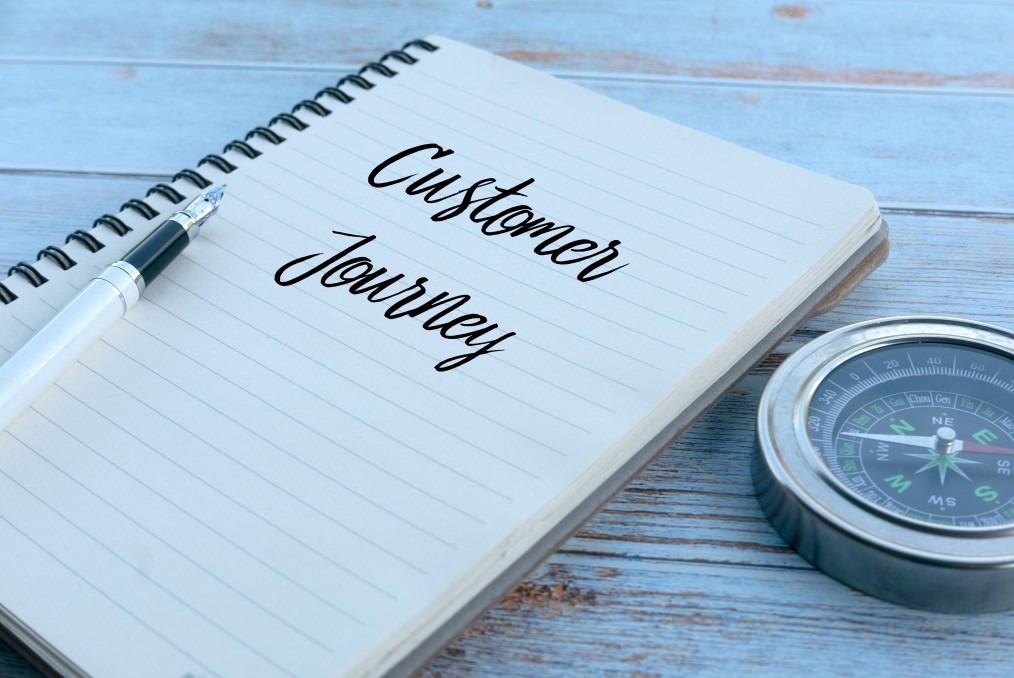As a seller, your day-to-day tasks may come second nature to you at this point. Beyond this, all your responsibilities probably come second nature too. You prospect, find leads, nurture, close and renew. This repetitive format plays a role in everything you do as a seller. So, identifying and better managing the sales cycle is very important.
Sales Cycle
Here is a typical sales cycle and some things to keep in mind when looking into each step. Think of it is a sales engagement process.
Prospecting Stage
The first step to a sales cycle is the prospecting stage. This is where a sales engagement platform comes in handy. The prospecting stage is where you find potential leads. The big part of prospecting, as you know, is reaching out. Whether it is through emails, phone calls, social media outreach or more, the sales cycle cannot start until you utilize these methods to find prospects.
Lead Stage
After the prospecting stage comes the lead stage. Here, a more nurturing approach is taken to the prospects. After you find potential customers, you transfer them to the lead stage to see if they will be SQLs, or a dead end. If they are identified as an SQL, then you can use your sales engagement platform to help move them through the sales process until they are ready to close a deal.
Opportunity Stage
Once a lead is deemed an SQL, they have the chance of becoming an opportunity. These new opportunities are people who have a strong chance of closing a deal and need to be prioritized. It is important in this stage to prioritize these opportunities correctly. By using a sales engagement tool, you can identify how close each opportunity is to closing and catch any slackers before the opportunity is lost.
Customer Stage
After an opportunity closes a deal, you cannot forget about them. One of the worst things you can do for your business is to not engage with your active customers. Yes, of course you always want to be looking for the next big deal. But you must make sure you are in contact with your current customers to keep their satisfaction high.
Renewal Stage
One of the reasons to keep their satisfaction high is the renewal stage. It is cheaper for your company to upsell to current customers, rather than finding new ones. So, why make this process harder on yourself? You are still selling to active customers because they are just as much of an opportunity for a deal as a prospect is. Using your sales engagement tool to keep in contact will certainly put you in the right direction towards getting customers to renew.

Sales Cycle Management
While it is easy to think about what you want to do with each stage, it is equally as important to remember what not to do. Here are some pitfalls to consider for each sales life cycle stage.
Prospecting Stage
- No systematized prospecting processes. Without a system, your sales representatives will do what they think is best for them. Unfortunately, there are so many variables that make it impossible to gauge actual results when everyone is doing something different.
- Low Salesforce adoption. If you ask two sales reps how they use Salesforce, you will likely get two different answers. While Salesforce is an essential CRM tool, some reps use spreadsheets instead. Some use Salesforce, but they use it in different manners. Neither of these approaches lends to the consistency needed to make sales teams more effective and efficient.
- Reps are using too many different tools. Going in and out of different sales tools is a waste of rep time. Keep everyone and everything on one platform.
Lead Stage
- No automated or timely follow-up process. Consistent communication is key during the lead stage since it will go a long way in helping with sales cycle management.
- Not knowing who to call first. Leads are at varying places in the buying journey, and it is difficult to identify who the hot leads are.
- Low visibility into best lead sources. While one lead source may deliver a higher number of leads, another lead source may have higher conversion rates.

Opportunity Stage
- Every rep has his/her own process. Without a consistent process, your potential customers are most likely receiving different impressions about your brand from different reps.
- Lack of consistent, timely touches. In any stage, it is important to consistently reach out to leads. Once they have become an opportunity, it is easy to lose to the competition if you are not consistent and timely in contacting them.
- Content is not being used. The opportunity stage of the sales cycle is a perfect time to further bolster your value claims by providing relevant content.
- Scattered opportunity data. Again, consistent processes are important. Some reps may keep their notes about an opportunity on their desktop or in another tool besides Salesforce. Without centrally located information, gauging where the reps and their leads are in the sales cycle is difficult at best.
Customer Stage
- Lack of consistent, timely touches. Once your reps have closed the deal, it is important to maintain contact so that churn does not happen.
- Low retention rate. It is hard to know why you are not retaining customers without better insight into this part of the sales cycle.
- Scattered customer information. If Salesforce is not being properly used, customer information is often lost or scattered.
Renewal Stage
- No systematic approach to renewals and upsells. It is hardly fair to ask for a renewal or upsell when you have not maintained proper contact and stayed in tune with your customers’ pain points, but it is not easy to systematically make sure you are making the right contact with the right content without a sales engagement platform.
- Timeliness of engagement is difficult to manage. No customer wants a sales rep to call out of the blue, acting like a best pal when they have not been engaged in the customer’s success since the last sale.
Creating a Sales Process in Salesforce
The best way to create and manage the entire sales cycle in Salesforce is by using a Salesforce-native sales engagement platform like Salesvue. It allows you to create systemized cadences for each stage, help reps automate tasks, use email templates in your messaging, and so much more.
On top of this, by leveraging everything in your Salesforce, you only must live in one system. Everything from your contacts to your cadences can all be found in one place.
How Salesvue Can Help
Salesvue is a Salesforce-native solution. This helps eliminate the common issues faced when trying to use multiple systems. On top of this, Salesvue is the only native option that looks and feels exactly like Salesforce. This makes it easier for those teams already used to using Salesforce to help implement all the solutions Salesvue provides.
Category
Tags
Subscribe to Funnel Vision
Get the latest and greatest right in your inbox






